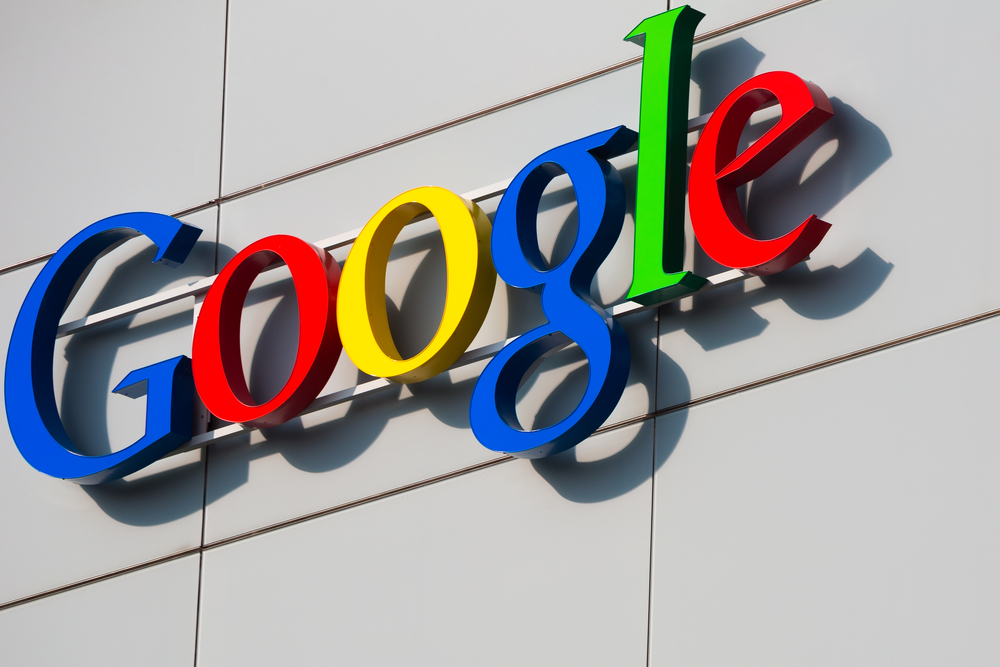For such a ubiquitous enterprise application, the cost of operating and managing an email system remains surprisingly high. The proliferation of spam – which according to some estimates accounts for nearly 90% of all email traffic – combined with the sophistication of email-borne malware and biting document retention laws has kept costs high. But has operating an email system now become a poor value-for-money proposition?
One company that thinks so is Google. Its leaders have designs on the enterprise email market. And that could provoke the opening salvos in long-predicted battle between Google and software titan Microsoft.
Estimates of the precise cost of email management vary wildly due to the differing challenges facing different companies: IT advisory group, Gartner, has made estimates including $100,000 per terabyte of email stored per year, or$1,600 per user per year.
Zenprise, an American company which sells automated Microsoft Exchange server troubleshooting software, estimates the average annual cost of manual troubleshooting at $200 per user.
Elsewhere, online email management service provider Postini estimates that users spending 15 minutes each day removing spam translates to $32,000 per user per year wasted.
And it is not getting any cheaper. According to research by IT services company EDS, spending on email management is growing by 30% a year.
Of course, it is hard to compare all of this against a financial benefit of email, which has for a long time been a business necessity not an advantage. However, the ‘Google effect’ is about to extend into this enterprise email market – promising to slash costs.
In February 2007, the search heavyweight released the ‘premier edition’ of Google Apps, its collection of online applications. This includes email service GMail (tailored to the company domain name and complete with support for mobile devices including BlackBerry), Google Calendar, word processor Google Docs and Google Spreadsheets.
Unlike the consumer and educational editions of Google Apps, which are free, the Premier Edition costs $50 per user per year. In return, customers receive 10 GB of email storage per user – its free service offers just two – 24-hour support, a 99.99% uptime service level agreement and access to the application programming interfaces (APIs), so applications can be integrated with legacy systems. Adverts, mandatory with the free services, are switched off by default.
The advantages of using GMail will be familiar to software-as-a-service enthusiasts: reduced hardware management and maintenance cost, simple integration with other web applications and accessibility from anywhere in the world via a web browser.
Google automatically archives all of its customers’ email, so theoretically they will never be lost. Also, the web-based nature of the application lends itself to collaboration. Documents can be shared without creating multiple versions; Google’s instant messaging and voice-over-IP products are integrated natively.
According to Roberto Solimene, European director for Google’s enterprise division, GMail is its strongest card in attracting enterprise customers to its application suite. “We know how to do email very well, and we are saying to businesses: Just let us do that so you can concentrate on what you do.”
But could GMail really replace enterprise email systems? More to the point, will enterprise clients trust it to do so?
There are a handful of horror stories from GMail’s consumer users that may put enterprise customers off. In December 2006, around 60 users found that all their emails had been deleted. They were never restored.
Interestingly, the consumer edition of GMail still carries a logo indicating that it is in the beta stage of testing, although it is now available to anyone who wants it (previously users could only obtain an account through invitation from an existing user). Consumers may tolerate this; it may come to mark Google as a ‘Web 2.0-savvy company’ whose products are constantly evolving. But will business leaders migrate to a system that isn’t finished yet?
Google can boast a handful of corporate clients who have rolled GMail out, such as European lenses manufacturer Essilor, and more who have shown an interest, including General Electric.
It is early days, but the next six months will prove to be crucial. As business leaders contemplate an upgrade to Microsoft’s new operating system Vista, and more pertinently to its email client, Outlook 2007, the prospect of a cheap alternative may prove enticing.
If Google can attract sufficient numbers, it will embolden its management: Microsoft’s dominance over the desktop could yet come under serious threat.










